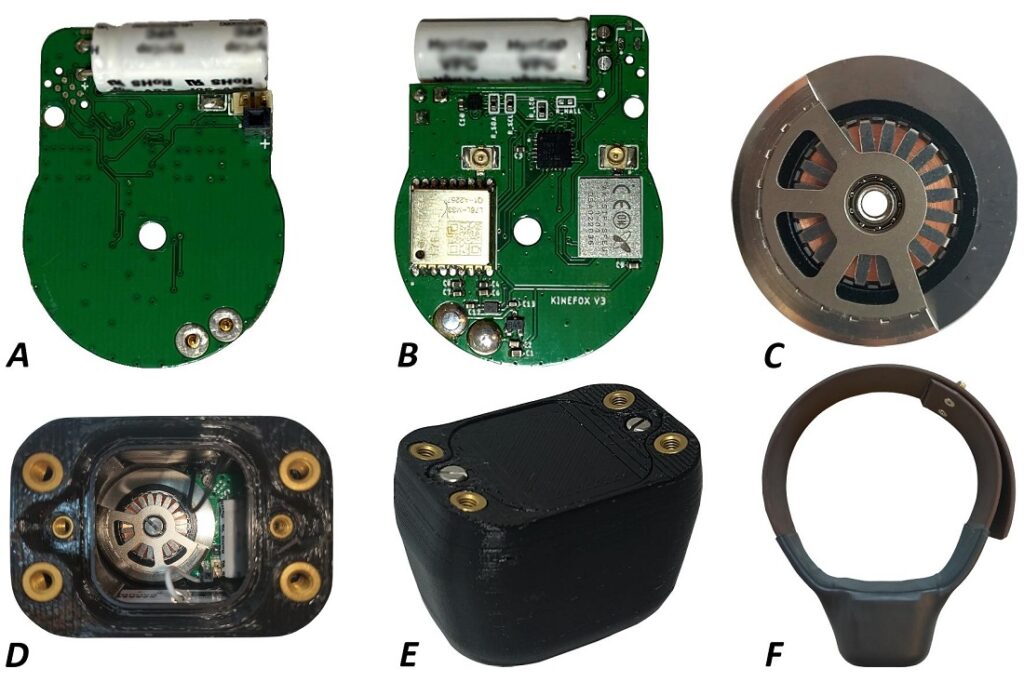They are introducing a groundbreaking tracking device designed to revolutionize wolf monitoring. This cutting-edge technology offers unprecedented capabilities for keeping close tabs on wolves, providing invaluable insights into their behavior and movements. With this innovative device, researchers and conservationists can gather vital data to inform wildlife management strategies and ensure the long-term preservation of these magnificent creatures. Say goodbye to outdated tracking methods and welcome a new era of comprehensive wolf monitoring.
The resurgence of wolves in Europe has captivated people across the continent in recent years, raising questions about their whereabouts, range, and dietary habits. GPS tracking has emerged as the only reliable method to obtain concrete answers to these inquiries. In Denmark, fitting a GPS collar on a wolf in December was cause for celebration. Unfortunately, just three months later, the signal abruptly ceased.
The untimely failure of GPS trackers or their premature battery depletion poses a recurring challenge and frustration for researchers seeking to track mammals over extended periods. Rasmus W. Havmøller, a biologist and postdoc at the University of Copenhagen, explains that batteries are typically the primary culprit behind these setbacks.
Rasmus W. Havmøller said, “When studying wildlife with GPS technology, the biggest limitation will always be the battery. It’s enormously frustrating. It is common to track an animal for a few months before the GPS device dies. But tracking an animal for longer is often important, as with wolves here in Denmark. Therefore, we need a more reliable power source,”
An alternative solution has been developed to address the challenges of using solar cells in tracking mammals, which often crush them and are frequently nocturnal. Rasmus W. Havmøller, in collaboration with research colleagues from the University of Copenhagen (UCPH), the Max Planck Institute of Animal Behavior, and the Technical University of Denmark (DTU), has created a battery-free GPS wildlife tracker. This innovative device operates on kinetic energy generated by the animal’s movement.
The Kinefox GPS tracker offers an ideal solution for rewilding initiatives, addressing the issue of inadequate animal supervision after release into the wild, which has sparked contentious debates. Unlike traditional GPS trackers, Kinefox operates without a battery and utilizes a capacitor to store energy generated by the animal’s movements. Data transmission is facilitated through the widely available Sigfox wireless network. With a significantly lower cost of approximately €270, the Kinefox transmitter adopts an open-source design, ensuring widespread accessibility.

The tracker provides valuable insights into their condition by analyzing an animal’s activity pattern using the built-in accelerometer. Rasmus W. Havmøller emphasizes its potential for resource-intensive supervision tasks, such as preventing starvation in wild horses and cattle. This technology reduces the need for daily manual inspections, as changes in movement patterns can indicate illness, aiding compliance with supervision legislation and improving overall animal welfare.
Kinefox, the battery-free GPS tracker, not only aids rewilding initiatives but also has the potential to protect endangered species by providing crucial knowledge about their behavior and movements. Researcher Rasmus W. Havmøller emphasizes the significance of understanding species dispersal, preventing harm such as shootings or poisonings, and improving conservation efforts. The research team behind Kinefox includes scientists from the University of Copenhagen, the Max Planck Institute of Animal Behavior, and DTU Engineering Design and Product Development.
The development of the Kinefox kinetic energy harvesting system represents a significant advancement in wildlife tracking technology. By offering a sustainable and cost-effective solution, Kinefox has the potential to revolutionize long-term wildlife monitoring and conservation efforts. The system’s ability to harvest energy from animal movements, data transmission capabilities, and health monitoring features make it a promising tool for rewilding initiatives and protecting endangered species. Continued research and collaborations with stakeholders will facilitate further validation and optimization of Kinefox for various animal species, ensuring its effectiveness in real-world applications.
Journal Reference:
- Troels Gregersen, Timm A. Wild, et al. A novel kinetic energy harvesting system for lifetime deployments of wildlife trackers. PLoS ONE.DOI:10.1371/journal.pone.0285930
